When a business requires flexible mobile power solutions, including compressed air, electric, hydraulic or even high-pressure water jetting, on-vehicle power can be the ideal solution.
On-vehicle power solutions can be used for a multitude of tasks, including the operation of road drills, breakers, hand tools, site lighting and electro fusion equipment.
Traditionally, one would have to use separate pieces of plant.
This approach doesn’t come without difficulties; towing often requires the driver to take a separate driving test to obtain the correct licence, and towing can be hazardous, as can carrying items in the back of a vehicle if they are not properly secured.
Meanwhile, arranging delivery of a generator or compressor results in additional administration work, and equipment doesn’t always turn up on time, or might not even turn up at all.
And if a separate compressor is used, the driver will need to ensure a fuel or power source is available on site.
But there is an alternative: on-vehicle power. This involves a vehicle being professionally converted so that the power of the engine is used to drive auxiliary equipment.
Compared to the traditional approach, on-vehicle power solutions deliver many benefits.
These include a cleaner, safer working environment for employees, reduced operational noise levels, lower exhaust emissions and improved vehicle utilisation.
Importantly, vehicle utilisation is significantly improved.
Employees essentially drive a mobile work station; they will have everything they need to carry out their work within their vehicle, especially if racking, workbenches and lighting are fitted too.
When choosing an on-vehicle power provider, ensure its systems are installed and certified in line with manufacturer guidelines and, where applicable, to EUWVTA UK National Small Series Type Approval (NSSTA).
Type Approval means the vehicle installation conforms to current legislation, meets legal requirements and will add value to the vehicle resale in years to come.
It’s also important to consider the impact a conversion will have on payload.
There has been growing pressure for equipment installed within a vehicle to be as light as possible, most notably because of the introduction of Euro 6, now a mandatory requirement for all new factory-build light commercial vehicles.
The extra technology that is being fitted to meet the new emission regulations results in the base vehicle becoming heavier, potentially eating into payload capacity and increasing the risk of a vehicle being overweight.
By Paul Smith, commercial manager at on-vehicle power specialist Winton





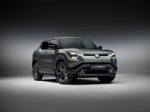

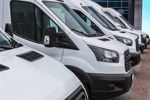
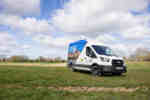

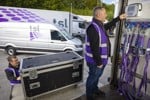



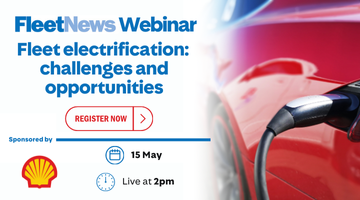
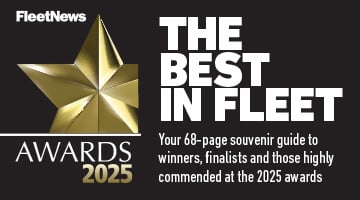


Login to comment
Comments
No comments have been made yet.